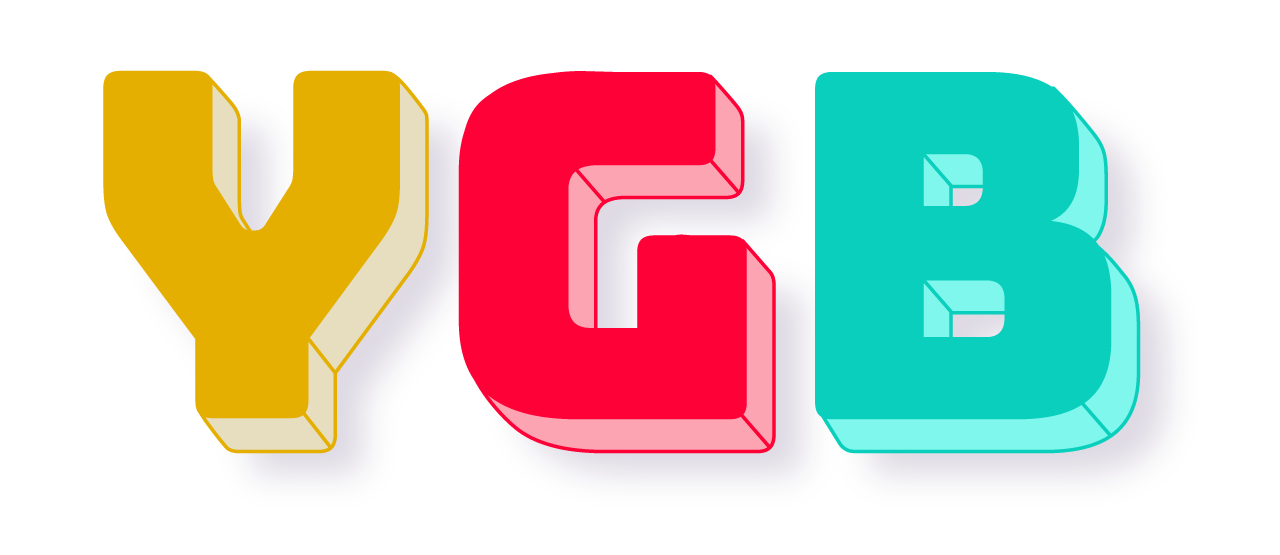National Disability Independence Day and Life-Changing Tech
On July 26th, we celebrate National Disability Independence Day. This day commemorates the signing of the Americans with Disabilities Act (ADA) in 1990. Thanks to the ADA, the world is becoming a more inclusive and accessible place for all. It's all about equal rights and ensuring everyone can access goods, services, and communication without barriers. The act offers safeguards against discrimination in employment and boosts accessibility for people with disabilities. Furthermore, the ADA has driven remarkable advancements in assistive technologies. Below, you'll find a compilation of some amazing inventions designed to enhance the quality of life of people with disabilities - making everyday tasks easier and more accessible.
Guiding helmet
This device was designed by the Chinese organization CloudMinds to help blind people navigate more easily. It looks just like a cycling helmet, but it is full of cameras and sensors that track the surrounding areas using the same kind of system developed for self-driving cars. The information caught by the sensors is then sent to a cloud server that processes it through AI (artificial intelligence) technology. This spatial information can be communicated by speech, helping blind people to navigate streets, recognize objects, understand traffic lights and more.
Bionic exoskeleton
The device is designed to assist people who experience paralysis or paraplegia. It functions akin to an exoskeleton, providing a supporting structure that relieves strain on the musculoskeletal system. This enables users to perform activities like standing and walking, which would otherwise be challenging or impossible without assistance. There are some companies that offer this ergonomic solution, including Ekso Bionics and Ottobock. These companies also offer other innovative technical solutions to protect our health during work. In the future, exoskeletons might even replace wheelchairs by enhancing mobility and offering greater independence.
Speeching gloves
Researchers from the UK, US, and China have built a glove that translates hand movements of sign language into speech. With the use of touch sensors and algorithms, this wearable device is capable of recognizing and classifying gestures for conversion into spoken English. In this way, even if you do not know sign language, it is possible to have real-time verbal communication with deaf or hard-of-hearing people. These gloves have the potential to break down barriers and promote inclusivity in different fields such as education, healthcare, customer service, and social interactions.
Standing wheelchair
In order to provide functional benefits associated with standing, this specialized mobility device assists people with mobility impairments to move while “standing up”. Users who use standing wheelchairs can easily transition from a seated to a standing position through motorized or manual mechanisms. For daily activities and work, this device offers many benefits. For example: Ted Rummel, who is paralyzed from the waist down, has been able to perform surgery thanks to this invention. Overall, for people with disabilities, standing wheelchairs increase independence and functionality, allowing them to interact with their environment differently.
Smart cane
With artificial intelligence technology, this assistive device improves the functionality of traditional canes used by people with visual impairments or mobility challenges. With its smart sensors, it detects roadblocks, obstacles, and other hazards for a safe navigation experience and alerts the user via voice to prevent any accidents. Not only that, they can connect the smart cane with their smart devices to find locations and receive navigation guidance. This great invention offers object detection, fall prevention, connectivity features and enhanced navigation to help people with visual impairments to move with greater autonomy and confidence.
These are just a few examples of technological innovations that are helping to improve the quality of life of people from all different backgrounds and those facing different circumstances. At YGB we see the importance of fostering future STEM leaders that will continue to invent and improve these kinds of technology to work towards a more equitable world for everyone!



